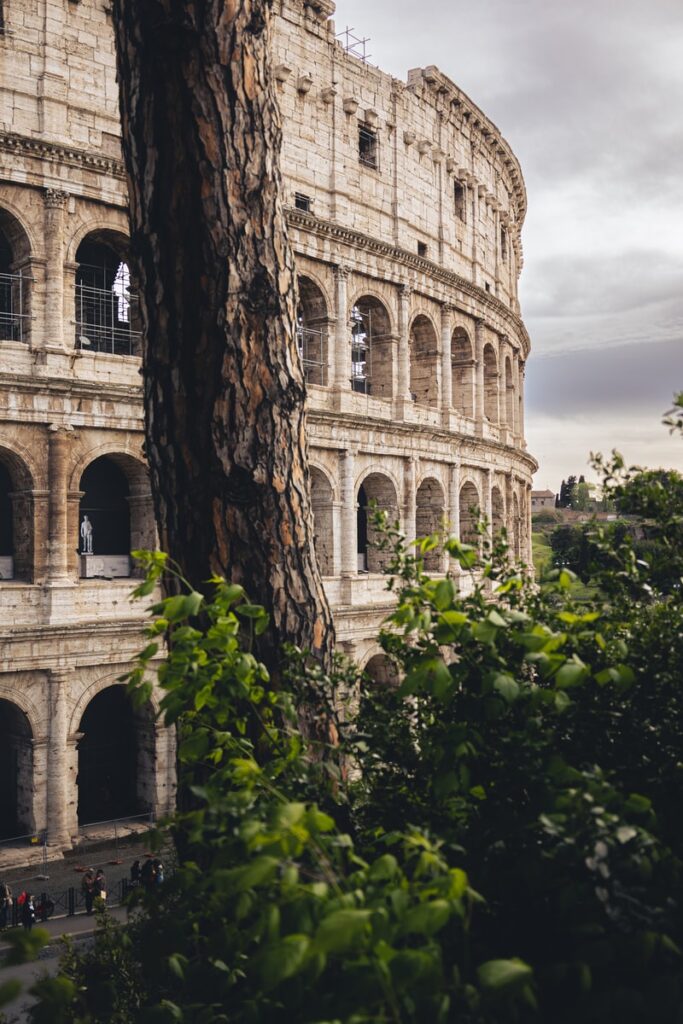
Circus Maximus
Valley between the Palatine and Aventine hills jealously hides the most famous racing track in Ancient Roman history. The Circus Maximus.
When you set your foot on the grounds of Circus Maximus, you can almost feel and hear all the souls that have spilled their blood in the traitorous gladiator battles or chariot races.
Built-in 6th century BC; it was a centerpiece of the city where Games, races, and gladiator battles would be the main events.
Some say that the construction of Circus Maximus started with the first king of Rome who has built wooden seats for Rome’s highest nobleman and patricians. So, in a way, in its beginning, it was made for first class only. It wasn’t until his grandson, Tarquinius Superbus, added the first seats for commoners/peasants.
Since the Circus Maximus was on the way of Tiber River and prone to flooding, the wooden seats would’ve been replaced many times until they permanently changed it to concrete and stone. Current archaeological evidence suggests that the stone pillars and drains are the oldest firm structure made in the Circus Maximus.
After the great fire in 64 AD, the Circus was rebuilt and had a capacity for 250,000 spectators. Seating was 30 m wide and 28 m high.
The sand of time had covered the Circus Maximus and when the archaeologist started cleaning it up, they recorded it to be 540 x 80 m, with 12 gates or carceres where the champions in their chariots waited for the sound of trumpet to start the race. Barrier in the centre called spina or euripus, with its turning posts or metae made the chariots run in a circle. There were eggs and dolphins added later as a marks of a lap.
If you see movie Ben Hur and its famous chariot racing scenes, they were pretty much accurate.
Now back to the facts, 549 CE, the Ostrogoth king Totila was the last one to organize the chariot races. After his reign it was completely abandoned and covered in sand.
SITE EXCAVATION
In 1587 CE the Pope Sixtus V ordered the excavation and they have found three obelisks.
The one that stood at the east end of the centerpiece or spina was relocated to Piazza del Popolo where it stands today. It was taken from Egypt in 10BC.
The second obelisk has a little story to tell. Although it stood in the middle if the spina or centre barrier, it was made for the temple of Amon at Karnak by Thutmosis II that dates to 2055 BC! The reason why it was found in Roman Circus is because it was waiting 25 years in the Alexandrian docks to be shipped to Constantinople by Constantine I which never happened so Constantius II brought it to Rome in 357 CE. It stands in the Piazza S. Giovanni, Laterano, Rome.
This monument is used today for various events. Open theatre, concerts, meetings, victory celebrations but also it is a public park.
Circus Maximum is still being excavated today…
If you like this tale perhaps you may enjoy another
